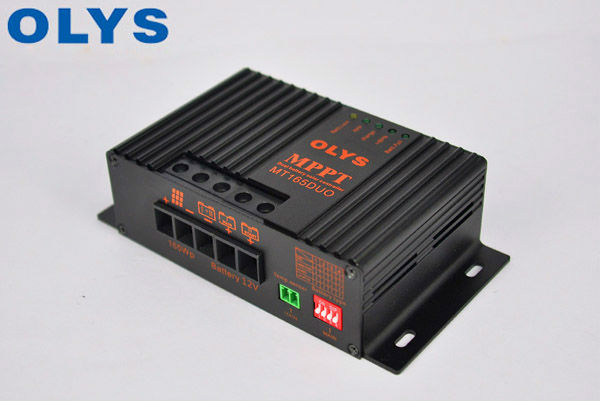Which is the best solar controller in my system? MPPT or PWM?
Solar power controllers are required for all solar systems that use batteries. The job of the solar charge controller is to regulate the power from the solar panel to the battery.
Overcharging the battery can significantly reduce battery life, and the worst case is to damage the battery to unusable. When the battery voltage rises to a certain level, the old switch-mode charge controller only monitors the battery voltage and turns on the circuit to stop charging.
The PWM charge controller uses pulse width modulation (PWM) to slowly reduce the battery's charge as the battery gets closer to full charge. This type of controller can fully charge the battery and keep the battery fully charged (called "floating"). PWM is relatively complex, but there is no mechanical connection to disconnect.
The current best type of solar charge controller is called maximum power point tracking or MPPT. The MPPT controller is capable of converting high voltages to amperes. Have certain advantages;
Most solar systems use a 12 volt battery, and the solar panel voltage is greater than the voltage required to charge the battery. In essence, by converting the overvoltage into a current, the charging voltage can be kept at an optimum level while reducing the time required to fully charge the battery.
Another advantage of the MPPT charge controller is the low power loss. The lower voltage in the wires from the solar panel to the charge controller causes the energy loss in the wires to be higher than the higher voltage. Higher voltages can be achieved in the cable from the panel to the solar charge controller using the MPPT controller. The MPPT controller then converts the overvoltage to an additional current. Operating a higher voltage from the solar panel to the cable of the charge controller, the power loss in the cable is significantly reduced.
When using a solar panel with a VOC voltage higher than 35v to charge a 12v battery pack, only the MPPT controller can be selected.
The solar charge controller must also have protection against reverse current flow. At night, when the solar panel does not generate electricity, current can flow from the battery back through the solar panel, draining the battery. The charge controller must be able to detect when there is no energy coming from the solar panel and opening the circuit to disconnect the solar panel from the battery.
To evaluate which type of solar charge controller to choose, you need to understand the advantages and disadvantages of PWM solar controllers and MPPT solar charge controllers in order to choose!
